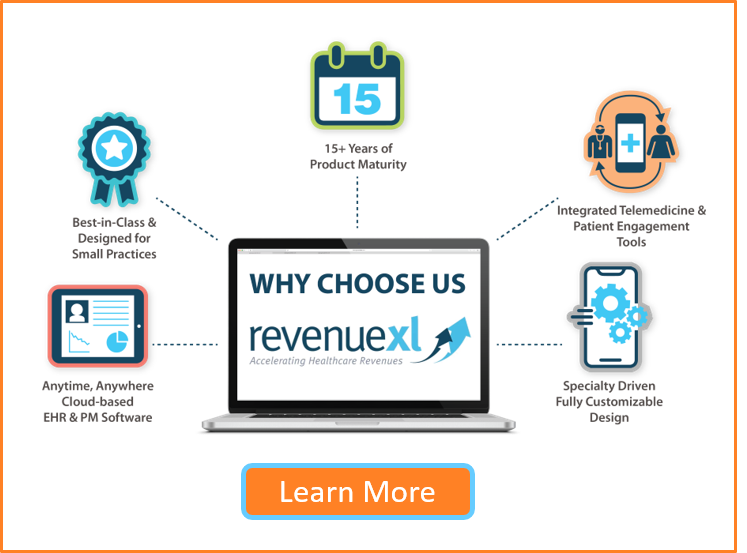In today’s digital healthcare landscape, patient demographics are the foundation of effective healthcare delivery and efficient EHR software functionality. Demographic data includes essential details such as name, date of birth, gender, address, contact information, ethnicity, and insurance details. These seemingly basic data points play a critical role in improving clinical decision-making, patient engagement, and administrative efficiency.
This blog explores the significance of patient demographics, their impact on EHR software performance, and how healthcare providers can leverage demographic data for better patient care.
What Are Patient Demographics?
Patient demographics refer to a set of non-clinical data collected during patient registration and maintained within the EHR system. This includes:
-
Personal Identifiers: Name, date of birth, and Social Security number
-
Contact Details: Address, phone number, and email
-
Insurance Information: Coverage details and policy numbers
-
Socioeconomic Factors: Occupation, education, and income levels
-
Cultural and Language Preferences: Preferred language and ethnicity
Accurate demographic data serves as the foundation for personalized care, efficient communication, and seamless billing processes.
Why Are Patient Demographics Important in EHR Software?
1. Improved Patient Identification
Correct demographic data ensures that every patient is uniquely identified in the system, reducing duplicate records and preventing medical errors.
2. Better Communication and Engagement
Demographic insights enable healthcare providers to tailor communication strategies based on language preferences, cultural nuances, and accessibility needs. Tools like Patient Engagement Platforms bridge communication gaps effectively.
3. Enhanced Billing and Claims Processing
Accurate insurance details streamline the billing process and reduce claim rejections. Integrated systems within EHR software allow seamless data flow from patient registration to billing.
4. Population Health Management
Aggregated demographic data helps identify health trends within specific population groups, enabling providers to create targeted health campaigns.
5. Regulatory Compliance
Healthcare regulations, such as HIPAA and CMS guidelines, require accurate demographic data for compliance and reporting.
Challenges in Managing Patient Demographics
Despite their importance, managing demographic data comes with challenges:
-
Data Entry Errors: Mistyped information during registration
-
Outdated Records: Lack of regular updates
-
Integration Issues: Disconnected systems that fail to share demographic data seamlessly
-
Privacy Concerns: Ensuring compliance with HIPAA regulations
To address these challenges, healthcare providers should prioritize data validation tools, regular audits, and secure data storage.
How EHR Software Streamlines Patient Demographics Management
Modern EHR software offers robust features to manage demographic data effectively:
1. Centralized Data Repository
EHR platforms provide a single source of truth for demographic data, accessible across departments.
2. Automated Validation Tools
Built-in validation tools detect errors and discrepancies in patient data during entry.
3. Interoperability
Leading EHR systems ensure seamless integration with third-party tools, including Practice Management Software and billing systems.
4. Patient Portals
Secure portals empower patients to update their own demographic information, reducing administrative burden.
Best Practices for Managing Patient Demographics
To maximize the benefits of accurate patient demographics, healthcare providers can follow these best practices:
-
Regular Data Audits: Periodically review demographic data for accuracy
-
Patient Self-Verification: Enable patients to verify their details via secure Patient Portals
-
Staff Training: Educate staff on the importance of accurate data entry
-
Integration Across Systems: Ensure demographic data flows seamlessly across healthcare systems
Future Trends in Patient Demographics Management
1. Artificial Intelligence (AI) and Automation
AI-driven tools will enhance data validation, predict errors, and automate demographic updates.
2. Blockchain Technology
Secure and immutable blockchain systems may revolutionize patient data sharing and privacy.
3. Enhanced Interoperability Standards
Emerging standards, like FHIR (Fast Healthcare Interoperability Resources), will enable smoother data exchanges.
For a deeper dive into AI in healthcare, check out this resource on AI in EHR.
Conclusion
Patient demographics are the backbone of modern EHR software, playing a pivotal role in improving patient care, enhancing communication, and streamlining administrative processes. By prioritizing accurate demographic data collection, leveraging advanced EHR tools, and embracing emerging technologies, healthcare providers can ensure a more efficient and patient-centric healthcare system.
Learn more about EHR Software and how it can optimize your practice workflows.






